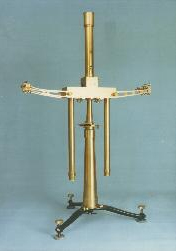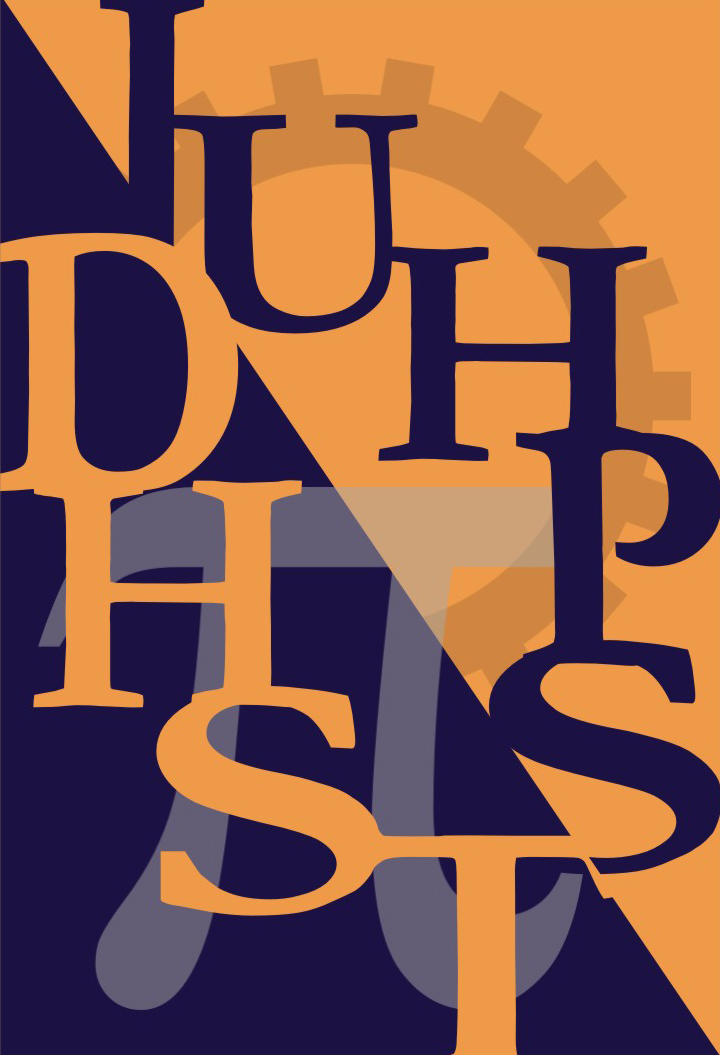|
Field Trips
Thursday, 30 July (09.30)
FT1 - Hungarian Museum for Science, Technology and Transport, Central Building
The predecessor of the Central Unit was the Transport Museum, founded in 1896. The collections and exhibitions almost all are related to transportation history. The main units are: Transport on water: maritime and river and railway transportation. Safety and signaling equipment. There exists an independent aviation collection, space research collection and life style collection.
We find here more than 200 original objects: coaches, carriages, trams, wagons, airplanes, gliders, space capsules. These objects can be seen in the main building.
World famous is the collection of 1- to 5- scale models of locomotives and wagons.
The Kossuth Historic Boat is open to the public.
The Coach Museum in Parád is very popular.
Near the central building there is Petofi Hall with the airplane collection and the space research exhibition.
FT2 - Hungarian Museum for Science, Technology and Transport, Study Stores
The predecessor of the Study-stores, the Hungarian Museum for Science and Technology was founded in 1954 as Group for Registering and Collecting of Technical Relics.
The sphere of collecting comprises all the branches of science (except life sciences), and all the branches of technology (except transportation).
The main scientific collections are:
Objects related to mathematics, informatics, and physics are displayed in the study stores. Objects related to chemistry are also shown here. The collections comprises the best set of geodetic instruments in the country and a very good and old collection of astronomy and optics, The collection of office equipment and household are connected to everyday life. A visit to the telecommunication collection makes the tour complete.MOBILEUM the interactive power machine hall is a fascinating part of the Study-stores..
FT3 - Foundry Museum of the Hungarian Museum for Science, Technology and Transport
Foundry Museum preserves the past of a profession in the heart of the capital, in an old foundry shop of Abraham Ganz,s erstwhile world famous railway wheels factory.
The exterior of the Foundry Museum building is a treat for the eyes. Entering, visitors meet a wooden structure workshop of a 19th century,s factory. All the melting furnaces, pouring ladles, mould boxes, revolving cranes preserved as relics, make the impression of getting into an operating iron foundry.
Take a look at our wonderful relics and documents, 19th century,s artistic iron castings, bell show, cast iron lacy spiral stairs, and relics of Abraham Ganz and András Mechwart,s lives
FT4 - Electrotechnical Museum of the Hungarian Museum for Science, Technology and Transport
The museum opened its doors in 1982, and houses exhibitions featuring more than a century’s worth of Hungarian contributions to the electric power industry. Electric trains, lighting technologies, and transformer production are on display along with various consumer technologies and a host of other original artifacts.
FT5 - Hungarian Natural History Museum
The Hungarian Natural History Museum is one of the finest institutions of its kind in Europe, an inspirational setting that houses magnificent collections of major historical importance. To promote public understanding and nature conservation the museum collects, classifies, and preserves a wealth of natural artifacts, presenting them according to the latest scientific knowledge.
FT6 – Hungarian Geographical Museum
The Hungarian Geographical Museum presents the heritage of great geographers. Historic documentation from research conducted by Hungarian geographers and geologists, as well as the artefacts from their exotic travels, are displayed in the exhibition.
The Museum presents the heritage of great geographers such as Jeno Cholnoky, Gyula Germanus, Sándor Láng, Lajos Lóczy, János Tulogdi, and, last but not least, of its founder Dénes Balázs. Lóczy's leather boat used for his research on Lake Balaton, as well as the artefacts from Cholnoky's travels in China and objects from Papua New-Guinea, East Africa, and North and South America are all among the exhibits.
Permanent exhibitions: the role of Hungarians in the scientific discovery of Earth from the 13th century to the present day; scientific exploration in the Carpathian Basin - the results of the leading figures in earth sciences, geography, geology, palaeontology and cartography in the natural scientific discovery of Hungary. The pantheon of the Hungarian world-travelling geographers can be seen in the Museum Gardens.
Built around 1840, the Classicist Wimpffen Mansion is home to the Museum.
Temporary exhibitions are also arranged in the Museum which has a public library.
FT7 - Geological Institute of Hungary
The Geological Institute – housed in a purpose-built, spectacular Art Nouveau palace – has been responsible for the geological mapping of Hungary since 1869. This activity is served by a museum of fossils and minerals, a major library of books and maps, and an archive. Exhibitions display old maps, geologists’ instruments and books on the Carpathians from the last 400 years.
FT8 - Eötvös Loránd Geophysical Instute of Hungary
The Eötvös Memorial Collection displays the most sensitive gravity instrument of all times, a torsion pendulum, built in 1891 by Eötvös, professor of physics in Budapest. Applied in oil exploration for decades, their ’evolution’ is illustrated by original instruments. Personal memorabilia of the professor, the politician, and mountaineer Eötvös are on display. Hungarian-made geophysical devices are exhibited from the 1930s onwards
FT9 - Museum of Natural History of the Loránd Eötvös University of Sciences
The roots of the Eötvös Museum of Natural History go back to the first University Natural History Museum, open to the public in Pest already in the end of the 18th century. The current structure of the Museum was set up in 2002, when the Faculty of Science moved to the new Danube Riverside Campus (Lágymányos, Budapest). It consists of six collections (mineralogy, petrology, biology, paleontology, mathematics and science history) and two exhibitions. Minerals and rocks are exhibited in the original 19th century Historical Exhibition Hall, transferred to and rebuilt in the new campus, with its atmosphere proudly representing the long tradition of teaching sciences at the Eötvös Loránd University. The Biology and Paleontology Exhibition is hosted by a modern glass pyramid.
The Science History Collection was established to preserve relics of research and science education at the university, historic demonstration models and charts, analytical equipment, personal objects of professors as well as old textbooks and scientific literature.
FT10 - Semmelweis Museum, Library and Archives of the History of Medicine
The museum ranges across the history of medicine, pharmacy, and public health, holding a wealth of instruments. The current temporary exhibition focuses on the history of pathology.
FT11 - Hungarian Museum for Commerce and Catering
The museum was founded in 1966, and started its operation in the World Heritage Buda Castle, in the building of the former Fortuna Inn, where it was in operation until 2005. In September, 2006, the museum opened its gates at a new location in District V, next to the Szent István bazilika.
Initially the collection of the museum contained only catering-industry relics, which was later extended with a collection of trade history relics. The institution has the functions of an industry history museum, and meets the requirements of specialized-museology.
|


